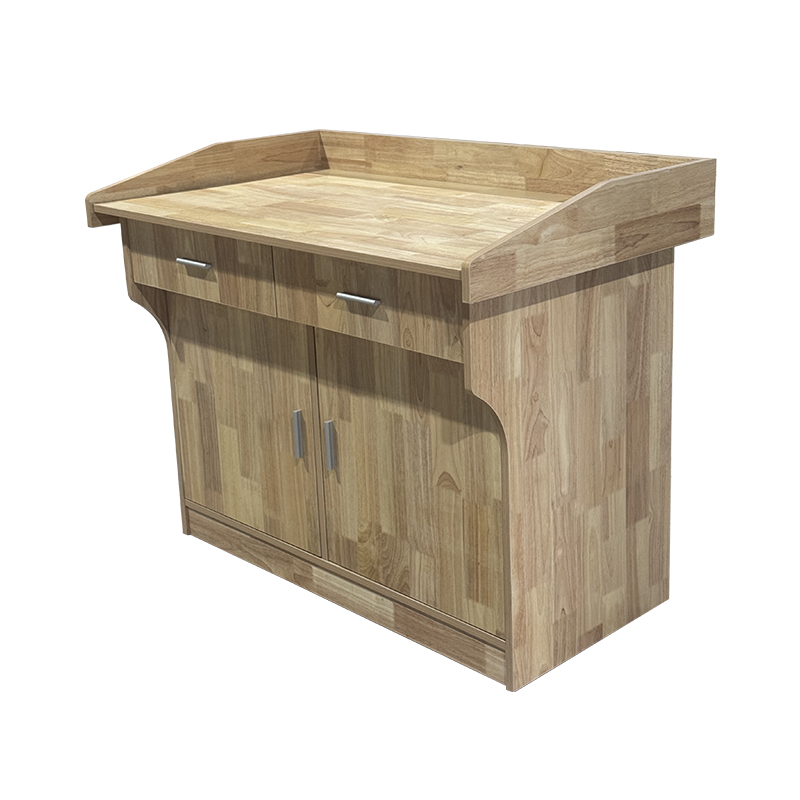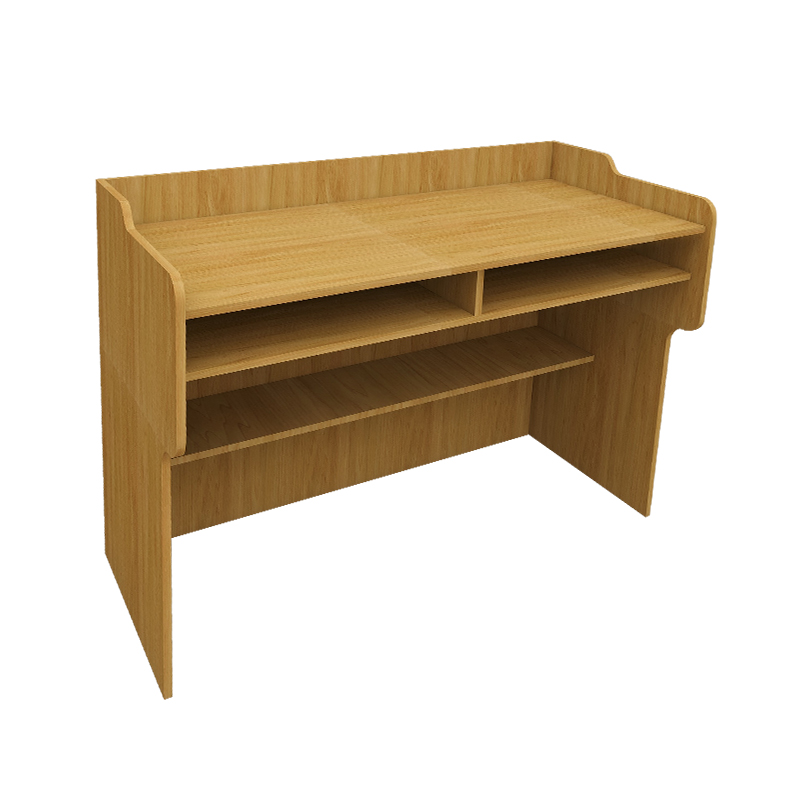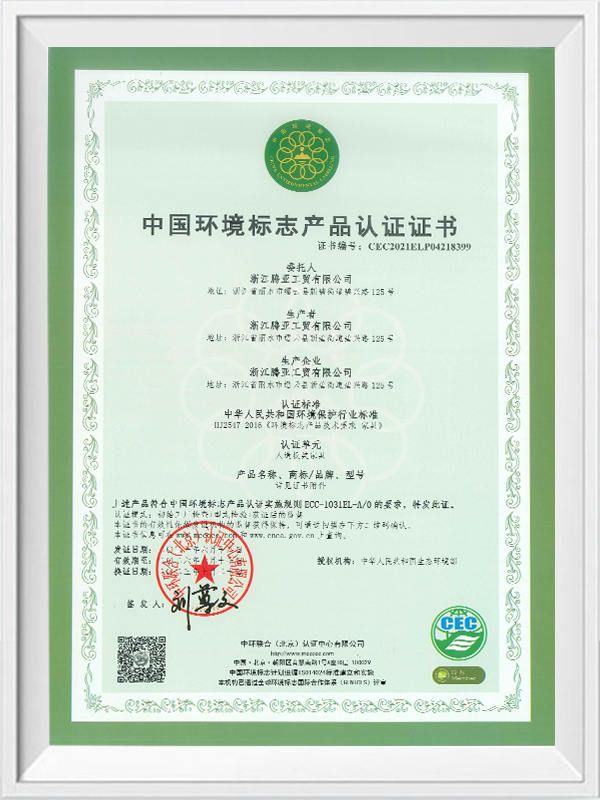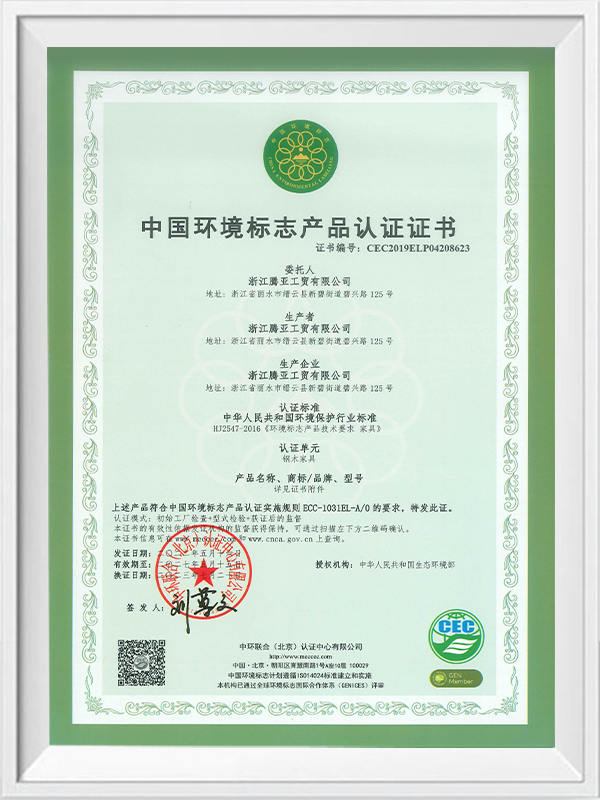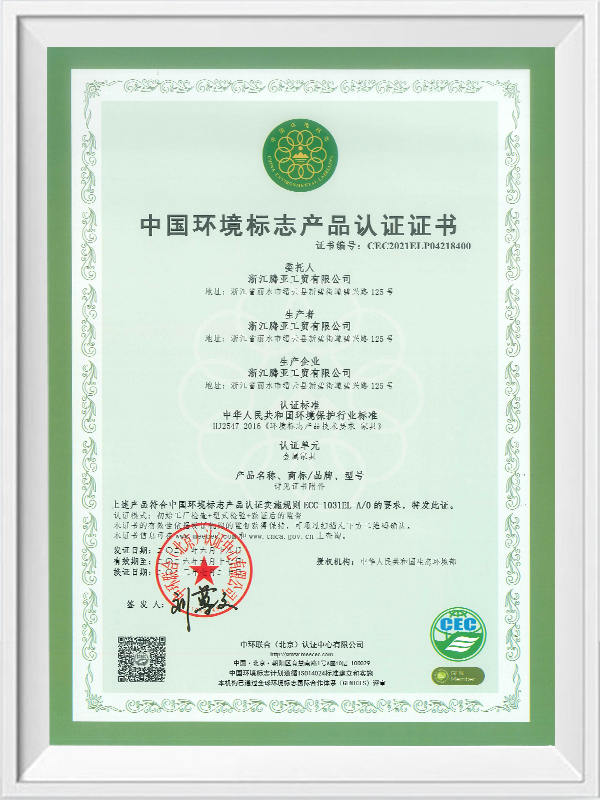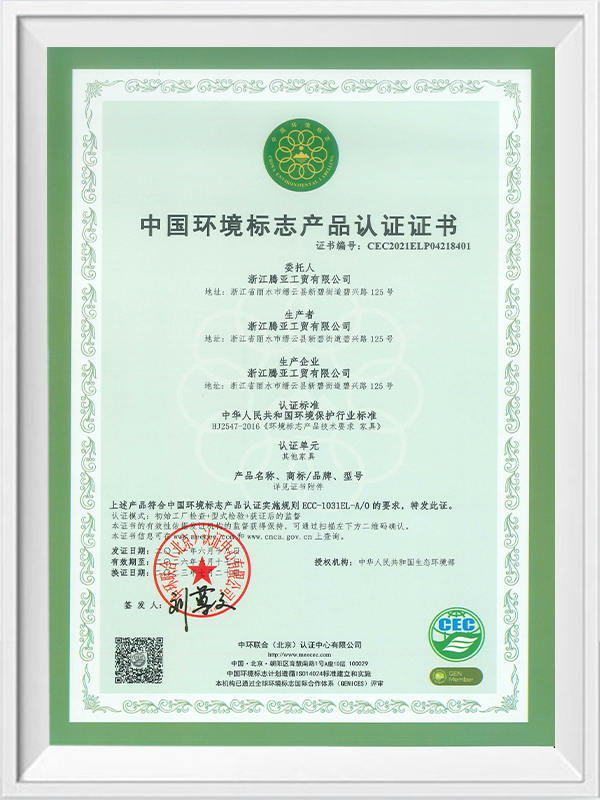Composition of Teacher Podium Lecture Tables
A teacher podium or lecture table is a critical element of any classroom or auditorium setup, providing an organized space for instructors to deliver their lessons effectively. The composition of these podiums is carefully designed to enhance both the teachers experience and student learning, offering features that balance functionality with comfort.
At the core of a teacher podium is a sturdy, stable frame that supports the weight of books, teaching materials, and electronic devices such as laptops, microphones, and projectors. The frame is typically made from materials like wood, metal, or composite materials, chosen for their durability and ability to withstand the daily rigors of classroom use. The frame is often constructed to allow for easy access to different compartments and surfaces, promoting efficiency during lessons.
The tabletop surface of a podium is designed to be spacious enough to hold multiple items, such as a lecture notes binder, textbooks, and a computer. The surface is usually flat and smooth, offering ample space for written notes and providing a comfortable area to interact with various teaching tools. Some podiums have adjustable or tilting tabletops, allowing the instructor to position the surface at the ergonomic angle, reducing strain during long lectures.
For convenience and organization, teacher podiums typically come with storage compartments or shelves. These storage spaces are good for holding additional teaching materials, stationery, or digital devices, allowing instructors to have everything they need within reach. Some podiums are designed with cable management features, helping to reduce clutter and prevent tripping hazards from loose cables, especially when technology is being used during lessons.
The Role of Modern Wooden Lecterns, Desks, and Podiums
Modern wooden lecterns, desks, and podiums are vital pieces of classroom and lecture hall furniture, blending aesthetic appeal with practical function. Their role goes far beyond being simple stands for holding notes; they are integral to how instructors engage with students and manage their teaching environment.
Wooden lecterns and podiums, in particular, add a touch of sophistication and warmth to any classroom or auditorium. The use of wood as a material helps create a more professional and inviting atmosphere, which can positively influence both teachers and students. The natural texture and color of wood offer a contrast to the cold, sterile look of metal furniture, helping to foster a more comfortable and engaging learning environment.
The primary function of modern wooden lecterns is to provide a stable, ergonomic space for teachers to present their materials. The design of these podiums allows instructors to stand comfortably while interacting with teaching aids, such as books, slides, and projectors. The height and layout of modern wooden lecterns are often adjustable to suit the preferences of the instructor, ensuring that they can maintain a healthy posture throughout the lesson. This is crucial for long lectures or presentations, as it helps prevent fatigue and discomfort.
Wooden lecterns also provide ample storage options. Modern designs often feature shelves or drawers where teachers can store books, teaching materials, and even electronic devices such as laptops, tablets, or microphones. This added storage promotes organization and efficiency, ensuring that teachers have all their necessary tools within arms reach. Additionally, modern podiums may incorporate cable management systems, which help keep cords and cables neatly organized, distractions and safety hazards in the classroom.
The use of technology in education has led to the evolution of lectern designs. Many modern wooden podiums now come equipped with built-in control systems for audio-visual equipment. This allows instructors to easily control microphones, speakers, or projectors from the podium, facilitating a smoother teaching experience. These integrated features reduce the time spent adjusting technology and allow the teacher to maintain focus on the lesson content.


 English
English русский
русский Español
Español عربى
عربى